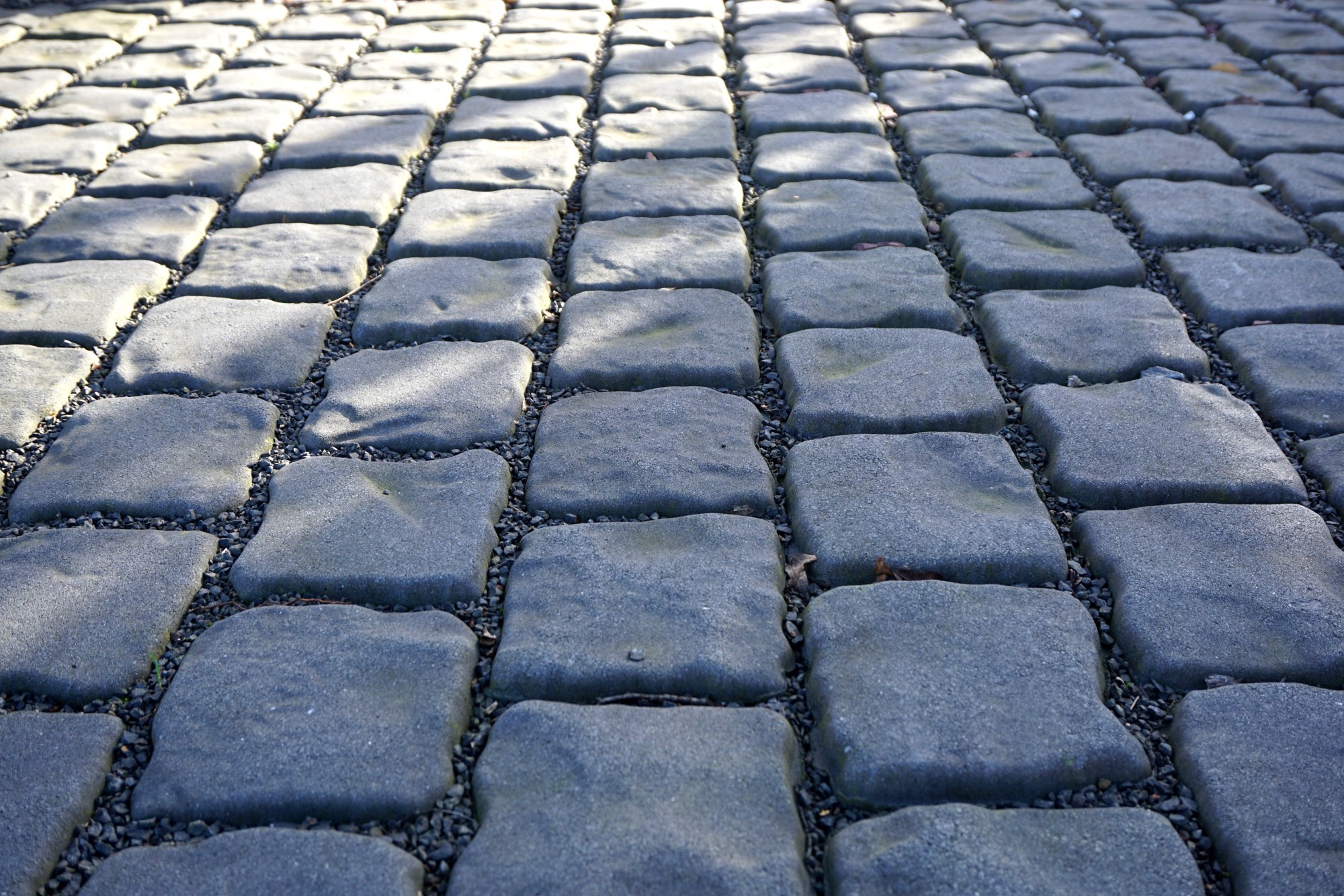The paved surfaces in your yard are a huge part of your overall landscaping design. They provide a functional space for you to entertain your family and friends, or can link together parts of your yard with walkways and steps.
Not all paving materials are the same, however. Different materials have different costs and benefits associated with them. Keep reading to get a quick overview of some of the most popular paving materials you can choose from!
Sandstone
Sandstone is an extremely popular backyard paving material. It can come in any color under the sun, depending on what minerals are mixed with it, but most commonly can be found in shades of yellows, reds, oranges, and whites.
Sandstone won’t provide uniform coloring because of the impurities that can be found in it. This does mean that your paved surface will be truly unique, though some homeowners will prefer even coloring.
However, sandstone is a relatively soft natural stone and is a porous material. If it is not properly sealed and cleaned, it can pick up dirt and discolor. It may also be susceptible to chipping if something hits it with force.
Gravel
Though not technically pavement, gravel can still create a “hardscape” surface in your yard. Unlike other types of paving materials, gravel does not require a lot of work to lay down. Instead, it can be spread over existing pathways or in specific areas to create a “paved” area.
Gravel’s benefits include its durability (you’ll never have to worry about cracking) and its low cost. Refinishing gravel only requires you to pour more out and raking and weeding to keep a smooth and uniform surface. However, it can be quite dusty and will not be comfortable to walk on if you aren’t wearing shoes.
Slate
Slate pavers provide a highly durable paving option to your home. Slate ranges between dark blue and lavender to dark reds. Unlike gravel, slate is relatively comfortable to walk on, though it can hold on to a lot of heat if in direct sunlight during the summer.
The major downsides of slate are its high price tags, which may exclude it from your budget, and its susceptibility to chipping in cold weather. Slate does best when covered so that it does not bear the brunt of hard winters: otherwise, you may find yourself having to replace your slate pavers within a few years.
Concrete
Pavers made out of concrete are one of the most versatile paving materials on the market. Concrete isn’t the drab gray that you’re probably picturing! By hiring a professional paver company, you can have your concrete pavers stained and etched.
This means that you can choose more vibrant colors and patterns. They’ll need to be sealed periodically to ensure that they do not wear down due to weather exposure and temperature changes. It should note that concrete can suffer in colder weather, as freezing temperatures can cause them to crack.
There Are Tons of Paving Materials to Choose From
While the above four paving materials are some of the most popular pavers on the market, they are far from the only options. Further, they come in a range of different cuts, sizes, and colors, giving you even more choice.
Check out our DIY and Home Repair sections to get more information about home improvement and landscaping!

